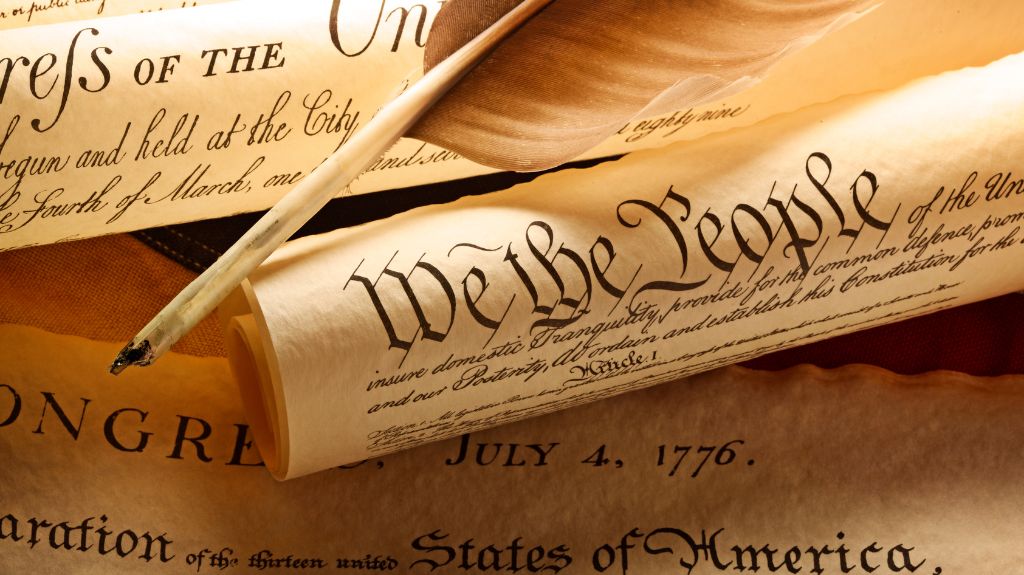What Does the Dole Act Mean for Veterans Benefits?

A key piece of veteran legislation has passed the U.S. House of Representatives — the Senator Elizabeth Dole 21st Century Veterans Healthcare and Benefits Improvement Act — also known as the Dole Act. The objective of this bill is to make the U.S. Department of Veterans Affairs (VA) more efficient and more modern, giving veterans more choices when it comes to healthcare, end-of-life living conditions, and the claims process. With the passage of this bipartisan bill, many veterans want to know — what does the Dole Act mean for veterans benefits? VA Benefits Attorneys is here to help.
How Will the Dole Act Affect Veterans Healthcare and Benefits?
Many veterans will agree that the services provided by the Department of Veterans Affairs are in need of reform. It can be complicated for veterans to receive the support they need and the Dole Act takes aim at streamlining the processes used by the VA to put veterans and their families first.
Here is a better look at key elements of the Dole Act that will help support veterans and their families.
Key Highlights of the Dole Act for Veterans Healthcare and Benefits

- Includes the Elizabeth Dole Home Care Act that expands access to local and home-based services at VA medical centers to be able to provide veterans with in-home care.
- Includes the VET-TEC Authorization Act to fund the VA VET-TEC educational assistance program, giving veterans additional opportunities for high tech career opportunities. The current program has an 84% graduation rate.
- Includes the HOME Act to increase grant and per-diem rates for veteran homeless providers that partner with the VA, so that they can improve the level of care provided to homeless veterans.
- Includes the Modernization of VA Disability Benefits Questionnaires Act to update IT systems and processes that ensure that disability examination reports are completed by a contracted examiner and standardized to improve the efficiency of disability claims.
- Includes the Veterans Care Improvement Act to improve the rate that community care providers return medical records to the VA in an effort to improve the quality of care and efficiency of community care providers for veterans.
- Includes the Veterans Education Assistance and Improvement Act to eliminate red tape for the GI Bill, so student veterans can use their benefits in a way that fits their needs.
- Includes the Servicemember Employment Protection Act to increase accountability and protection of National Guard and Reservist jobs at the Department of Labor when they are deployed.
- Includes the COPE Act to provide additional community mental health grants and support for caregivers of select veterans.
- Includes Gerald’s Law Act to provide burial and funeral allowances for veterans who choose to live their last days in their home under VA hospice care.
- Includes the Commitment to Veteran Support and Outreach Act to provide grants to state and Indian Tribes that provide additional support to county Veteran Service Organizations (VSOs) and tribal VSOs that provide outreach for underserved, rural, and Native American veterans.
READ MORE: How Would Project 2025 Affect VA Benefits?
Have you heard about the Senator Elizabeth Dole 21st Century Veterans Healthcare and Benefits Improvement Act? The Dole Act recently passed a House of Representatives vote with bipartisan support and veterans want to know — what does the Dole Act mean for veterans benefits? We hope that this quick overview by VA Benefits Attorneys has helped answer your question.







